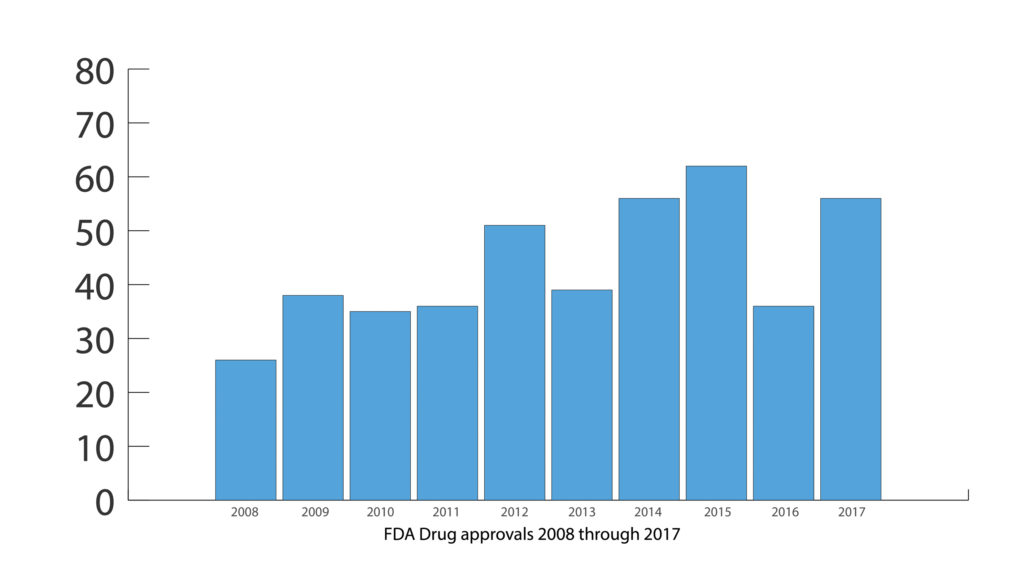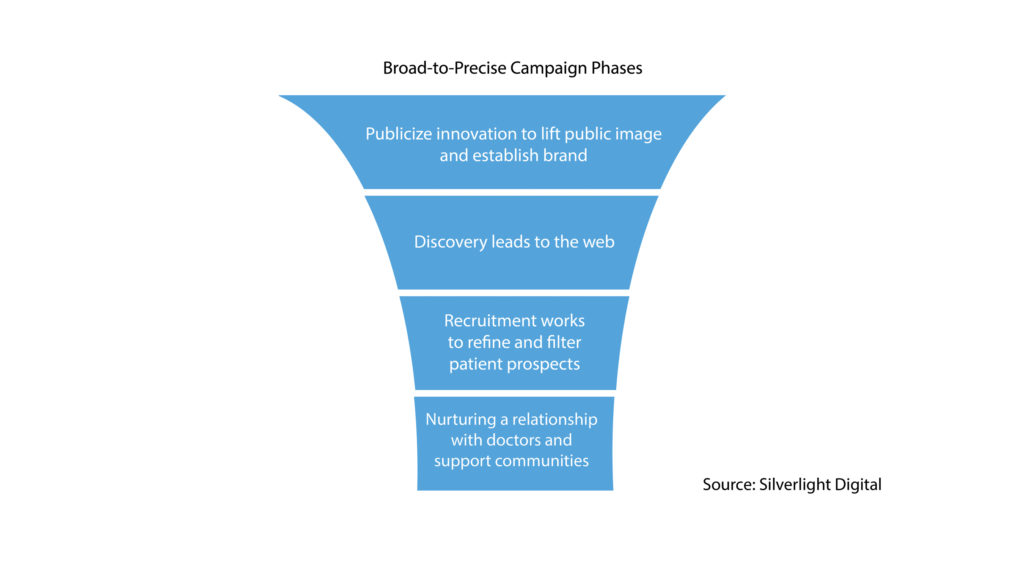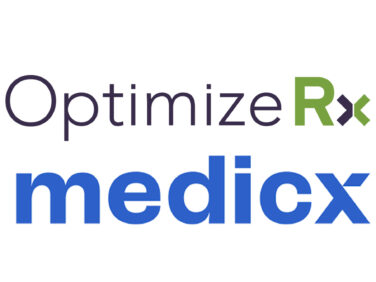The 1980s relaxing of regulatory laws around direct-to-consumer pharmaceutical advertising arrived at a time, or in response to the consumers’ desire to play a stronger role in managing their health. Meanwhile, advancements in medical science were providing life-altering innovations at an accelerated rhythm that would eventually out-pace the pharmaceutical industry’s capacity to regulate and communicate at a similar pace. The co-mingling of these two significant paradigm shifts were exacerbated later, with widespread access to the internet and “Dr. Google” lessening consumers’ reliance on a physician as an authority figure, but evolving rather into a mostly trusted partner in discovering a prescriptive solution to a patient’s diagnosis and treatment.
Even as consumers take a more significant role in their own health decisions, pharmaceuticals will always be dependent on the doctor’s pen, as earning a doctor’s trust and support remains the task at hand. However, broad reaching, well-funded ad campaigns are commonly extending beyond the scope of their target patient population as the esteem and pace of scientific innovation means campaigning louder, longer, and stronger than its predecessor. Research and development spending increase nearly year-over-year and innovation lifecycles become narrow, requiring pharma brands to strike faster at earning market-share and compensation. To this point, a recent Yale University study indicated that new cancer treatments are reaching patients at accelerated speeds, often within a few months of FDA approval. Meanwhile, consumer appetite for free media through digital platforms such as WebMD, YouTube, Pandora, and Facebook mean increasing opportunity to reach patient groups in a highly stylized and appealing way.
 Moving from Wide to Narrow
Moving from Wide to Narrow
The net result? Pharmaceutical advertisers are employing a wide-to-narrow approach through digital and broadcast media that serves many masters in establishing the brand and touting pioneering scientific discovery—nationally and globally—before narrowing scope around a lucrative and hopeful patient population. Once the patient population is identified, the campaign’s strategy shifts from publicity/discovery to recruitment to nurture by establishing relationships between product advocates, which includes doctors, caregivers, support groups, and product educators.
For pharmaceutical and healthcare marketers, the advantages of a broad-to-precise campaign approach mean significant investment in more than just patient outreach. It means putting optics around a brand name in history’s record books and on the minds of consumers, competitors, and medical professionals.
The following explores tactics employed in executing broad-to-precise funnel campaigns and how they maneuver to targeted patient populations in need:
Four Phases of a Broad-to-Precise Campaign
A broad-to-precise national campaign is designed for significant national budgets that will associate your innovation or discovery with your brand, earn the respect of doctors and their peers, and establish your new umbrella brand with future product iterations in the same sector. This is a vital goal of any innovation that fundamentally changes the status quo in how we treat the illness, such as moving from surgical options to noninvasive pharmaceutical treatments. The campaign should progress through four phases that narrow scope at each stage. The four phases are Publicize, Discover, Recruit, and Nurture.
 1. Publicize innovation to lift public image and establish brand.
1. Publicize innovation to lift public image and establish brand.
Many pharmaceutical brands struggle to create a positive public image and may look to publicize scientific innovation as a solution. A 2016 study by Gallup showed American’s view of the pharmaceutical industry ranked near the bottom of a list of the “Worst-rated U.S. Business Sectors,” second only to the federal government with pharma showing a 28% positive view, 16% neutral, and 55% negative. Despite this, scientific innovations in pharma amaze and delight Americans when their news hits home on an emotional level, such as recent progress in immunotherapy which seeks to boost our immune systems’ natural capabilities in recognizing and fighting cancer.
When launching a broad-to-precise national campaign in support of significant new product innovation, reaching a large, mainstream audience serves two purposes: It helps to raise the public perception of the pharma brand and increase the brand’s market share while acting as a force multiplier in getting the message out to distant patient populations. This strategy includes targeting mainstream audiences with popular and easily digested content, which can be controversial if ads are not developed responsibly. When Bristol-Myers Squibb’s new immuno-oncology drug Opdivo launched with national prime-time television ads, it was positioned to bring hope and “a chance to live longer” to cancer patients needing alternatives to traditional surgical and chemotherapy treatment options. In addition to television and print campaigns—which can have a limited run—the commercial has nearly 29,000 views on YouTube where it can find a long-term audience.
2. Discovery leads to the web.
This broad approach may irk some with overly simple messaging that plays on emotion, but it succeeds in propagating the drug’s message to households, caretakers, and patients needing information on available treatments that they can bring to their doctors. A common next step—according to a Pew study—shows that 80% of us, including patients and caregivers, will use their discovery to begin an online search for more information. This number includes 34% who have searched for information about prescriptions or over-the-counter drugs. During this discovery phase, pharmaceutical advertisers will aim to capture this search audience online with recognizable branded display ads. Ads are consistent with branding that was seen on television and in print and appear broadly across social media but also on popular consumer-oriented medical websites such as WebMD, Mayo Clinic, and Everyday Health. Retargeting of these display ads can be employed to retain a connection with the patient or caregiver not wanting to take immediate action but inviting a chance to stay top-of-mind. Sponsored audio can be ideal for pharmaceutical brands that don’t rely heavily on the visual message, instead of promoting a target audio version of their commercial on popular internet radio destinations including Pandora. Print magazines also remain a staple of brand marketing. Additionally, national paid search ad campaigns should capture keyword queries on popular search engines and offer sponsored campaign results, driving click-through traffic to the third phase of the campaign, recruitment.
3. Recruitment works to refine and filter patient prospects.
At this stage, we shed mainstream audiences and the funnel narrows focus as smaller patient populations filter and emerge as a result of the blanketing television, print, digital, and audio campaigns. The target audience has reacted by searching for and discovering product information online through a web of sponsored research content and further filters into a smaller subset. This subset group has decided they may be a candidate for this new drug and has self-identified as a trial candidate or has a desire to learn more through conversation with his/her doctor. Pharmaceutical advertisers establish robust lead capture websites to support their recruitment efforts. The site will include a more in-depth and scientific approach to educating the candidate. The education campaign may consist of patient profiles and success stories, explainer videos showing how the product interacts with the body, and a more in-depth disclosure on side effects.
4. Nurturing relationships with doctors and support communities.
The overall strategy here is to build a community of patients and caregivers through the distribution of high-quality medical information that may choose to participate in the treatment. Patient prospects will be encouraged to talk to a doctor about the treatment option and see if they qualify. Geo-based mobile advertising can connect patients with local doctors through mobile ads triggered by location-based search terms and geo-fencing around treatment locations. Additional advertising may be present at the doctor’s office to promote the doctor as an advocate of the drug. This is accomplished by an advertising strategy that designates high-prescribing physicians and provides them with in-office marketing materials, such as signage, brochures, and branded video for their lobby or waiting room. The high visibility promotes the drug but also comforts the patient by letting them know they’ve come to the right place. Furthermore, the product website components work to facilitate a relationship between a patient and patient advocate to aid in finding a designated treatment institution or clinical trial facility. Resources for financial aid, doctor questionnaires, and guides for family support teams may be available to create a full-service community atmosphere to help aid the patient prospects during their sensitive time of need.
In Summary
While some may criticize broad-to-precise campaigns for opulent spending and brash product claims, products in this category backed by significant budgets will be wise to employ this strategy. By doing so, they’re getting quick market share, bolstering their public image, and applying a broad method for finding and recruiting targeted patient populations. The connections between online and offline media drive audiences from television and print to the web for more in-depth research, filtering patient population groups into emerging drug candidates. Through targeted out-of-home, point-of-care, and healthcare provider location advertising, patients and providers can geo-map a path for patients to find doctors providing the drugs they need.









